I was walking with Fleur on a street in Amsterdam, during our meeting for a photoshoot, and suddenly she stopped, looking up at one house in wonder, saying something I didn’t get from where I was. Getting closer, I heard words like “so beautiful”, “amazing”. I looked at the house, looked around, but couldn’t see anything out of the ordinary: it was one of the pretty Amsterdam façades, yes, but nothing else. I asked her what she was looking at and she replied: ” Look at the shutters! They are open so unevenly, and they look like birds flying.” At a second look, I saw what she was talking about. The black shutters on the façade were indeed looking like birds in the middle of the flight — to a person who had enough imagination, that is. I smiled and I did a little happy dance on the inside: it’s not every day that you meet a person with such poetic imagination!
Fleur Spolidor is an Amsterdam based artist (for now, at least). She was born in Paris and lived for a few years in California, before moving to the Netherlands.
Fleur’s work is colourful and often addresses social and political issues. In her paintings, reality and fantasy combine to create an attractive story.
The paintings have a lot of texture, and the closer you get to them, the more of it you see. Fleur doesn’t paint on a blank canvas, she always adds something to it: recycled and found materials, like paper, plastic or fabrics create the base on which the future work will be laid upon. It’s one of her ways to contribute to saving the planet.
We’ve met through Instagram. I was fascinated by her recent work, the “Home” collection, in which Amsterdam houses are personified, each of them carrying a message. The series consist of paintings on canvas and also digital paintings, and I like all of them. I was thrilled when Fleur proposed a collaboration, and I asked her if she could make me a portrait as an Amsterdam house. She agreed, and the result is so cool! It’s very dear to me, symbolising the connection I have with this amazing city which I discovered through photography (and my cat Eric is sitting at a window, so what more could I ask for!?).

She also agreed to an interview, which you can read below, if you want to get to know her better (and you should, because she is a fascinating person!). Also, check out her website and Instagram to see more of her work (“Alice” series and “Underwater” are my favourite collections).
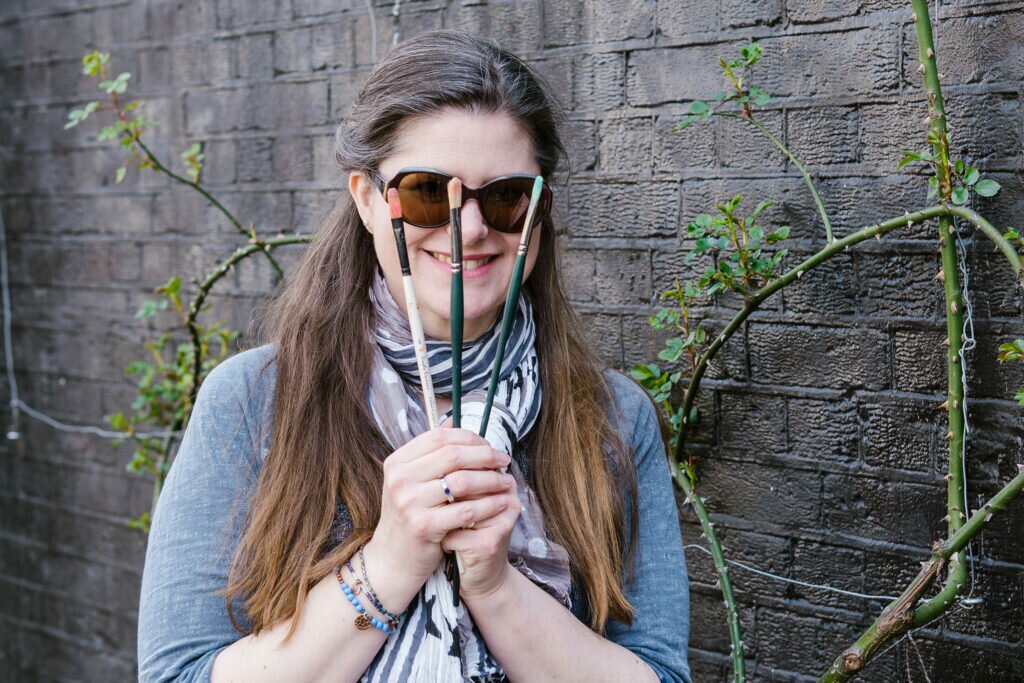
Hi Fleur, thanks for agreeing to this interview! Could you tell me the story of how you became a painter?
Hi Dana, it’s nice to meet you. To answer you truthfully, I don’t really know when I started to be interested in art in general. It’s always been something important in my life, it evolved with me, took different shapes, from taking art classes when I was a kid to visiting Florence as a teenager or studying art history in a French university. Later on, I started teaching art in different schools, to kids and adults. I also created my own business, teaching art classes in French in California. During all that time, I always enjoyed painting. At first, it was only for myself, but slowly, very slowly, I started showing my work. From that moment I realised how much I enjoyed the discussions my work generated with the people who were coming to see the exhibitions. For me, being a painter is mostly about being part of a community of people who enjoy discussing art, visiting art exhibitions and of course making art.
” Sometimes you even have to forget it in the corner of the studio until you find the solution to some colour balance problem or to find the perfect line. Not all my paintings take 15 years to be done, some are finished in one week. Each painting has its own rhythm. And anyway, I’m always working on multiple paintings at the same time. It brings me balance. “
What are you working on at the moment?
I just finished a work on commission. A client asked me to paint her friend in a Dutch house. It will be her birthday gift. It’s always fun to work with people; they have so many great ideas, and I know that the paintings I’m making for them will always be special, representing an important moment in their lives.
Now that you make me think of it, I’m also almost done with a painting I started 15 years ago… I know, it looks like it’s taking a long time. But, sometimes, you start something and you feel like it’s not quite done, so you keep on reworking it. Sometimes you even have to forget it in the corner of the studio until you find the solution to some colour balance problem or to find the perfect line. Not all my paintings take 15 years to be done, some are finished in one week. Each painting has its own rhythm. And anyway, I’m always working on multiple paintings at the same time. It brings me balance.
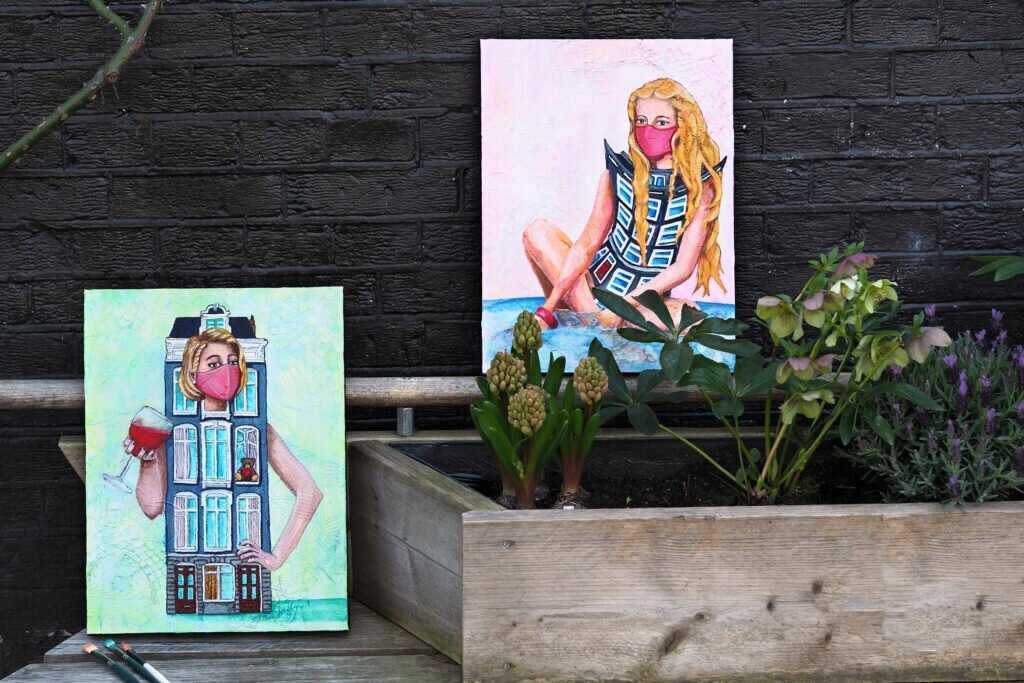
Tell me about your choice of colours.
On my desk, in the studio, I always have colored pencils in my favorite pastel colors. I use them to decide the color combinations of my digital sketches or my paintings. I don’t actually colour with them. They are more like swatches, they allow me to compare colours and try different combinations. Of course they are mostly a starting point, the colours keep on evolving on the canvas as I work and rework the subject matter. Usually my background is created with lots of layers and transparencies whereas the figure is painted in opaque strokes of oils or acrylics. My palette is strongly inspired by Palm Springs’ cool turquoise, sunset orange, vibrant yellow, mixed with a dash of white. It might seem strange for you to imagine that I apply what I consider being colours that remind me of Palm Springs to Amsterdam’s Dutch houses. But that’s what artists do. We apply our own filters to everything we create, and that’s how we make it our own. Colours and subject matter are also what makes the artwork we create easily recognisable to the public. You will always recognise a work by Frida Kahlo or Gustav Klimt, they have a style, a particular technique but mostly favourite subject matters that make them quickly identifiable.
Alice in Wonderland is a recurring theme in your paintings. Where does your love for Alice comes from?
As a kid, I liked Disney movies. My dad would bring home a projector and films from work. We would hang a white sheet on the wall and Mickey and friends would start dancing in our living room. When you’re 6 years old, it’s magical. And “Alice in Wonderland” was probably the most surprising movie of the list; “Mary Poppins” would be a close second, with the heroes jumping in the chalk drawings on the sidewalk. Growing up, I read the books and found out about the different versions, illustration books and movies made on the subject. The fun thing with Alice, it’s all the nonsense she encounters in the story. That’s what interests me, when painting on contemporary subjects matters, our everyday reality often doesn’t make any sense at all.
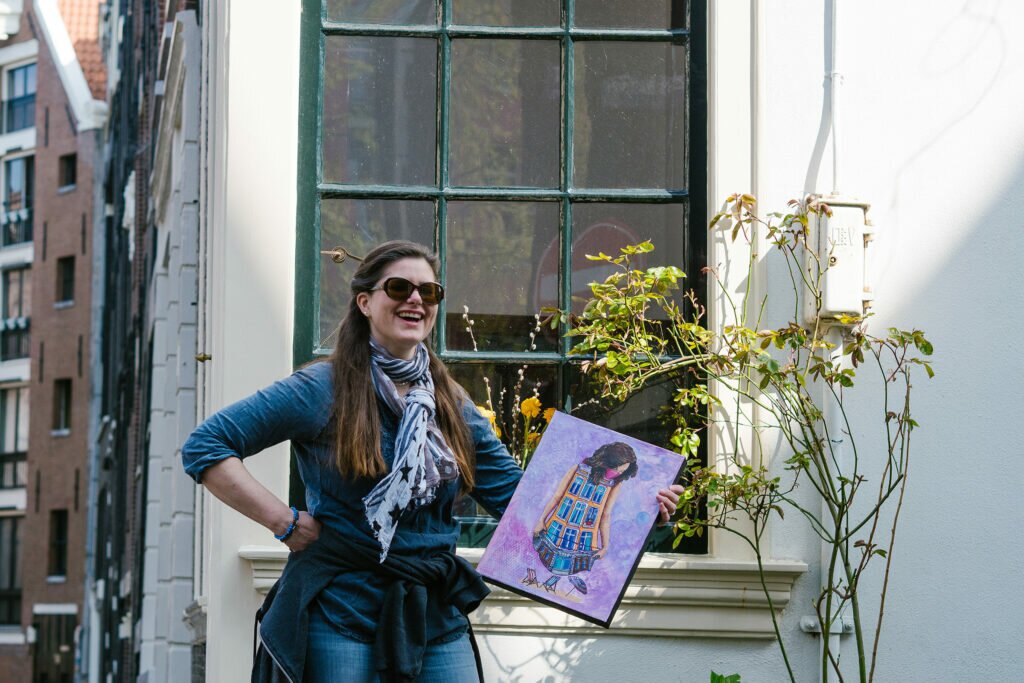
“Houses are also a larger symbol for so many subjects related to social inequalities, from immigration to evictions. During this pandemic we were asked to stay home, but for so many people that wasn’t a safe place or even an option. What we usually refer to as “Home sweet home” can be a place where violence happens for women or people of colour. It’s a complex subject matter, and I plan to keep elaborating on it, even if I don’t know yet where it’s going to lead me.”
How did you come up with the “Home” series?
It was like finding the balance between feeling safe and being stuck. We were all asked to stay home because of the pandemic. We were trying to stay safe and, at the same time, we had to reinvent our daily routines between work, school, family and friends. At the beginning I didn’t have the time or the energy to work on canvas, but I was super inspired by what everybody was doing around me, what solutions they were finding for each problem: homeschooling, working from home, cleaning the groceries, sawing masks, etc… The series “Home” is a recording of that time, and since we’re still not done with the virus, I keep on adding to it. It’s a work in progress.
Would you say this series is also drawing a bit of inspiration from your love for Alice in Wonderland (Alice growing bigger after eating the cake, her legs and arms going out through the windows)?
Absolutely. I love this image of Alice getting too big for the house. Eventually we all grow too big for our house and we need to move on, find a new one. Either because our family situation changed or because we want to explore something else. Houses are also a larger symbol for so many subjects related to social inequalities, from immigration to evictions. During this pandemic we were asked to stay home, but for so many people that wasn’t a safe place or even an option. What we usually refer to as “Home sweet home” can be a place where violence happens for women or people of colour. It’s a complex subject matter, and I plan to keep elaborating on it, even if I don’t know yet where it’s going to lead me.
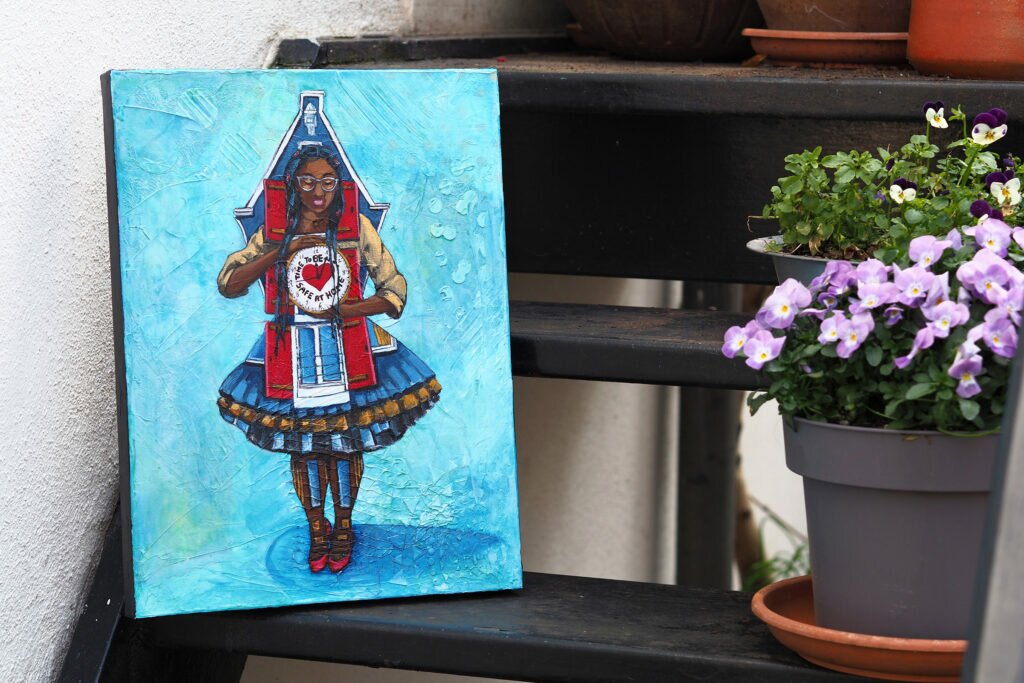

Many of your paintings, also from the time you were living in California, have the city incorporated somehow in their stories. How important is for you the connection with the place you live in and what is your relationship with Amsterdam, now that you lived here for two years?
We were just discussing this subject with my mentor the other day. What does it mean for me, really personally, to paint homes and cities. I’m originally from Paris, France but I moved to San Francisco, Zurich and now I’m in Amsterdam soon to move to New York. I probably paint what I see, what I discover each time I move to a new place, but at the same time it’s a recording of what is past. It’s a memory of my life in a city. The houses on the streets I pass when I go to buy bread or meet friends. Memories of a routine, something we forget to think about everyday, but eventually gets to not be experienced anymore when we move someplace else. Amsterdam is an amazing city. The architecture is stunning, with so many details and styles. Each house is a treasure. It’s a pleasure to observe and paint. It will be a great memory.
Do you ever experience creative blocks? What do you do to get out of them?
Not really creative blocks, but doubts about the meaning of my work or the next step in a painting. That’s why I am always working on many pieces at the same time. They help each other by giving me solutions and ideas. They are like looking at the same problem through different angles. How to represent an idea or a motif in a sincere and creative way.
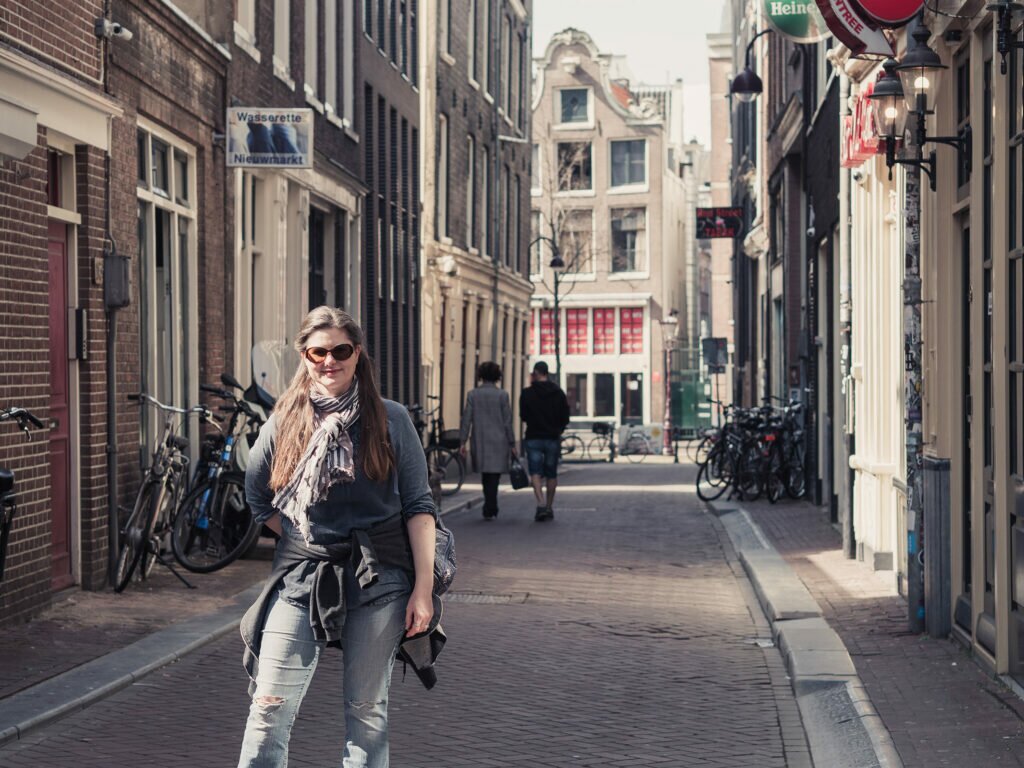
What do you consider the biggest challenge for you as an artist? And the biggest joy that your profession brings?
Honestly being an artist is a challenge in itself, it’s not just about how difficult it is to make a living out of it, it’s about the meaning of the whole approach. In a world with so much injustice, suffering and loss, I often ask myself if it wouldn’t be better to do something more meaningful, helpful to others. But then I also see art as a way to do good, to raise awareness, to start discussions. Art has a place in every civilisation, it records its time, it’s a witness of what’s good and evil. But mostly, on a human level, it brings happiness. You experience it either by going to the museums or by collecting it or offering it to people you love. It means something. Art makes life better and that’s why I’ll keep it at the centre of my life.
—
Fleur Spolidor — artist
Amsterdam, 2021
Stay tuned for more and follow Amsterdamian on Instagram and Facebook for more stories about life in the Netherlands. Please share this post if you liked it!
Check out my photo book: Amsterdam Through the Seasons!
Love what you’re reading? Support my work with a small donation.

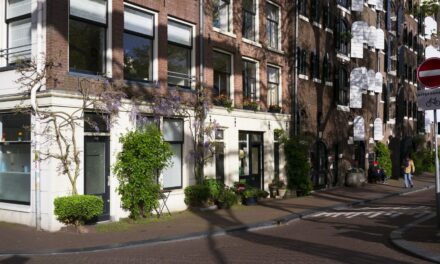
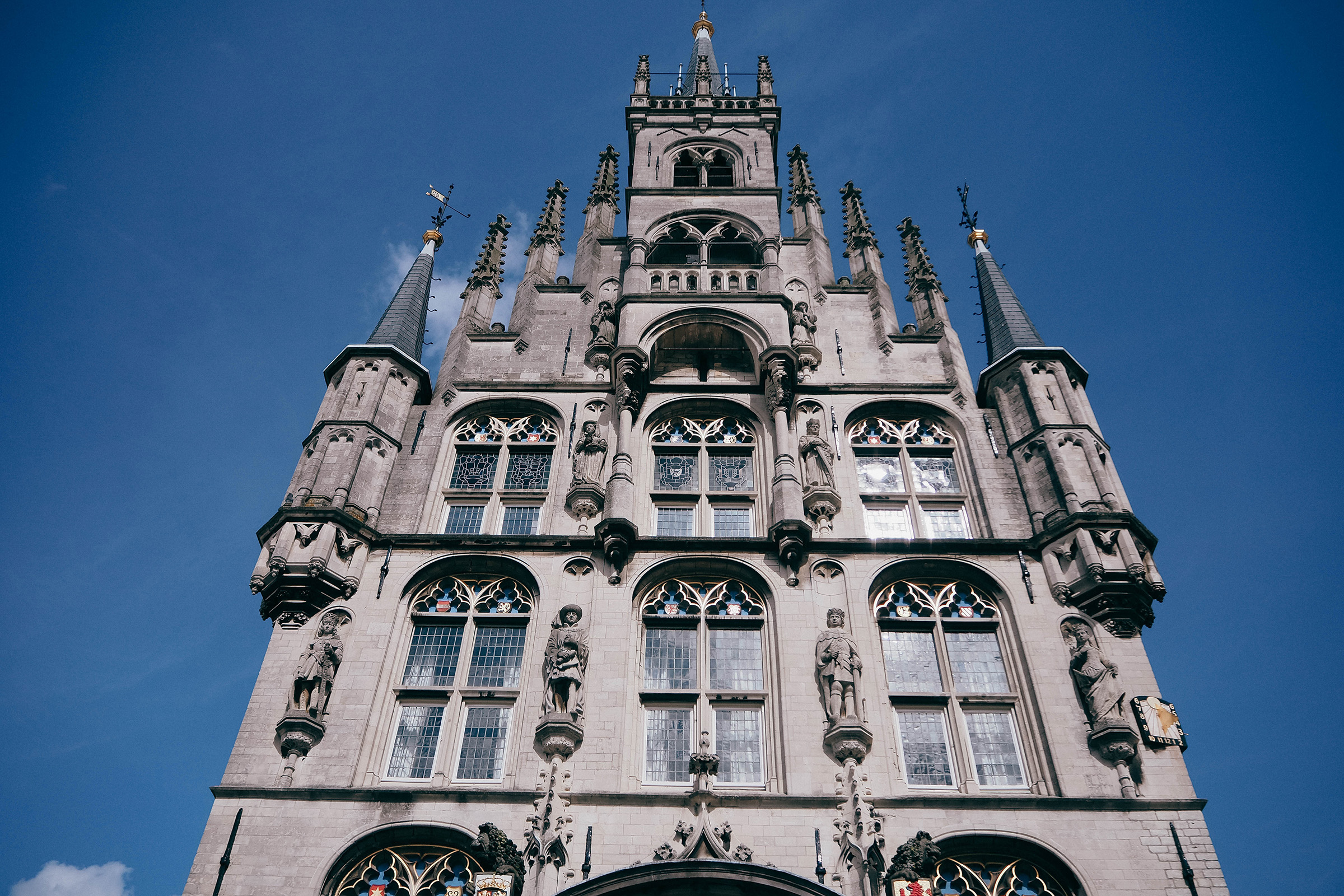



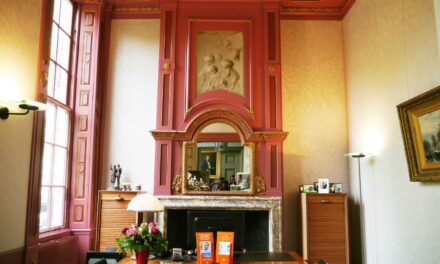
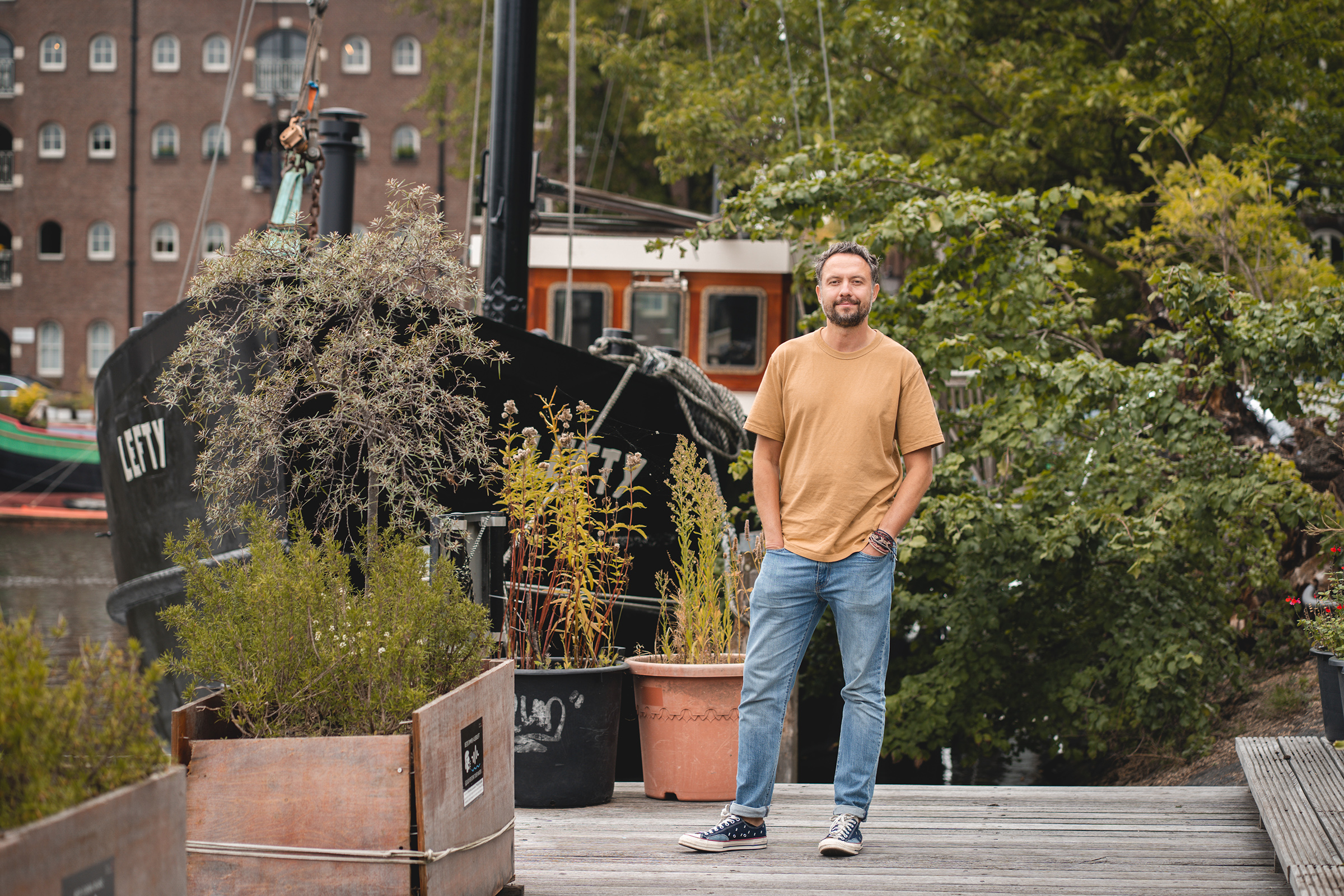
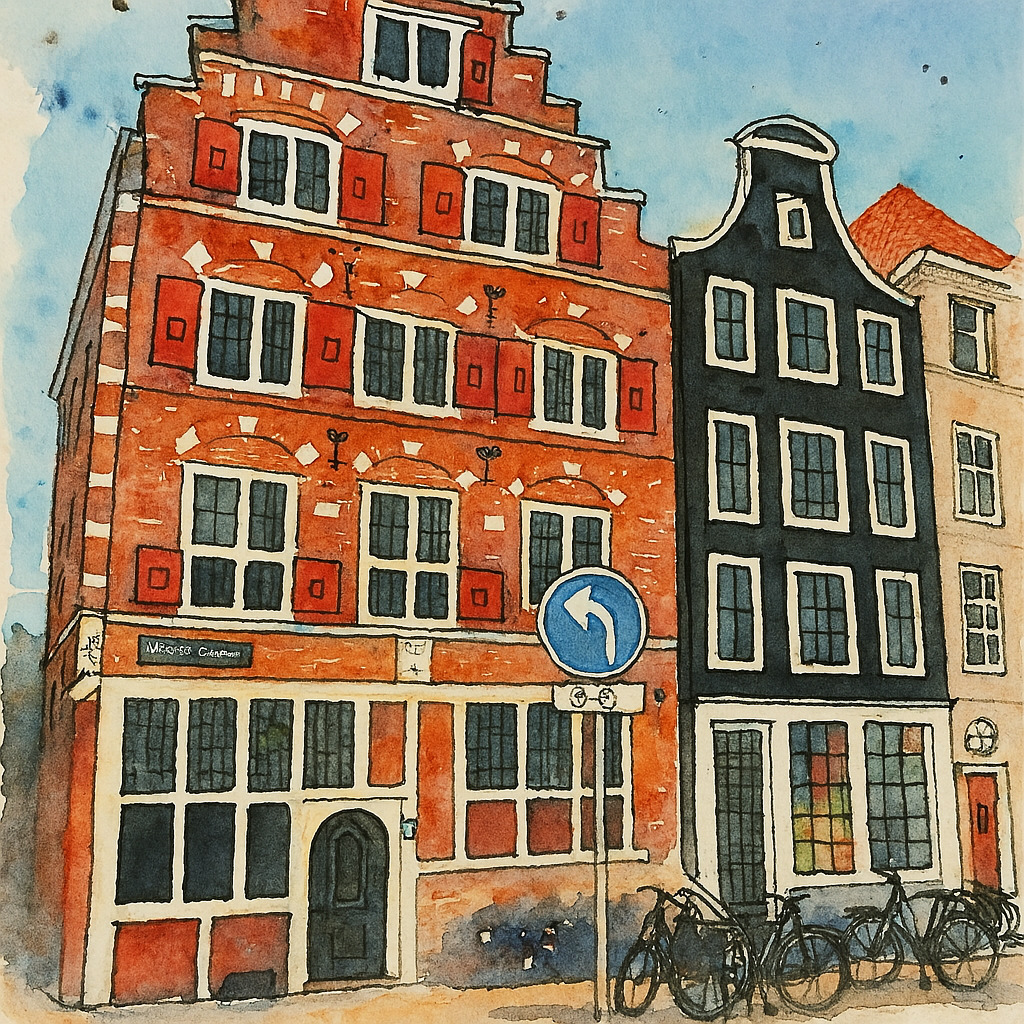

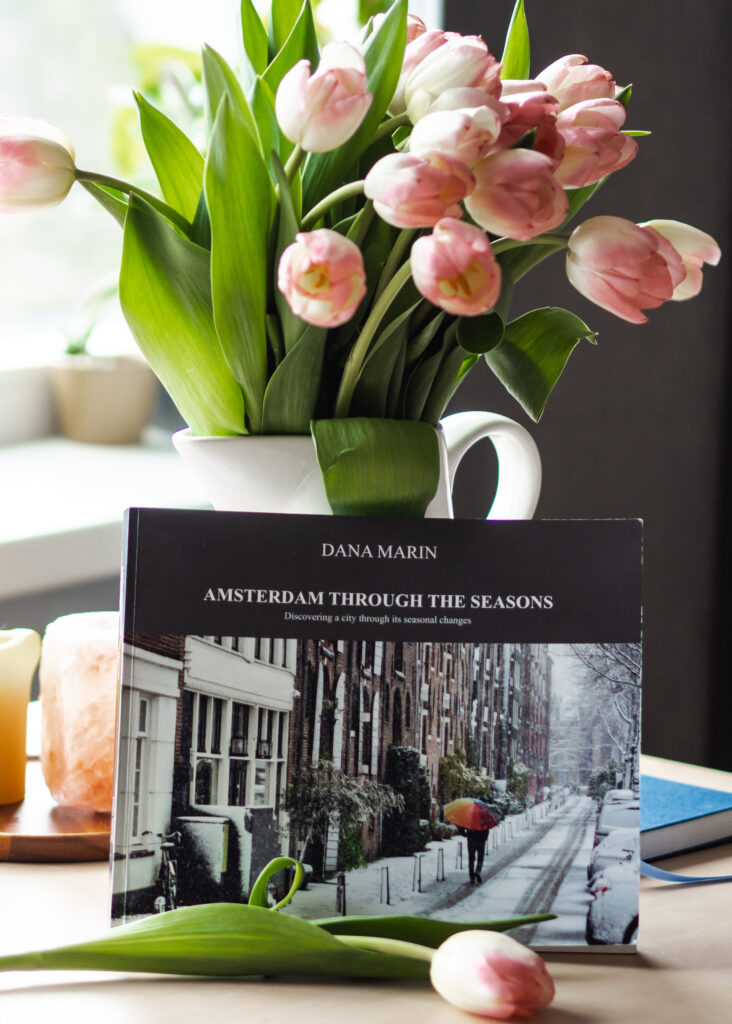

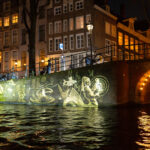




Trackbacks/Pingbacks